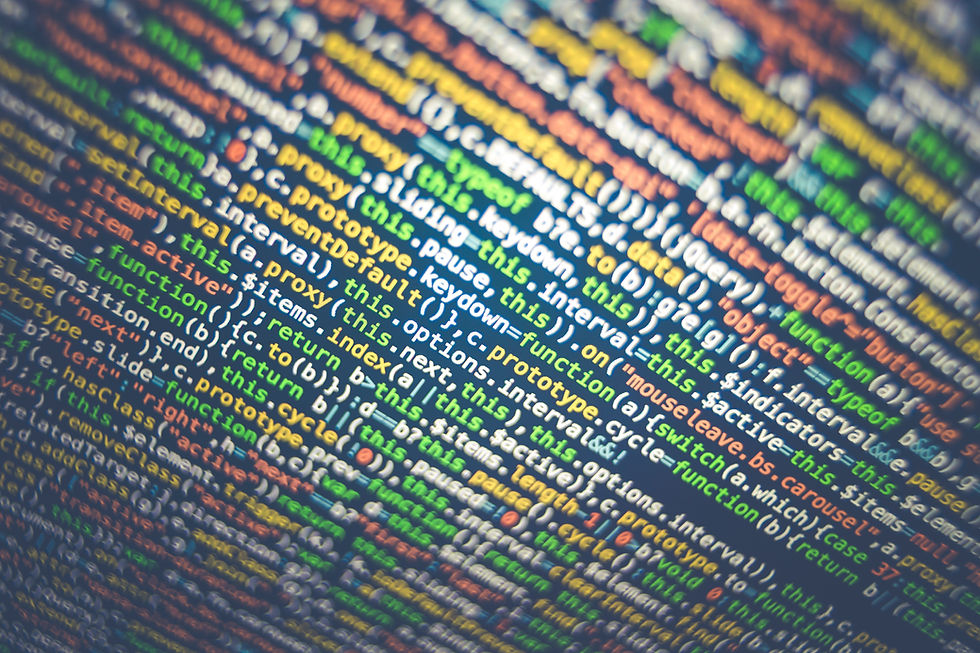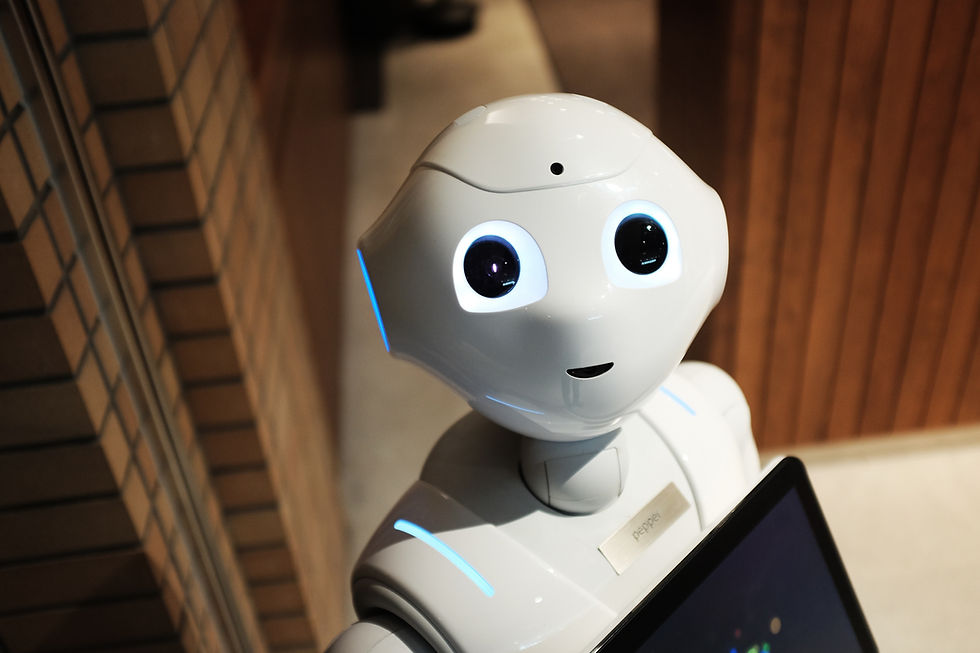Why do I need a proofreader when I have a grammar and spell-check program?
- Eowyn Tinsley

- Feb 25, 2023
- 2 min read
Updated: Apr 19, 2023
When creating written content, we legitimately rely on computer programs and apps to catch many of our spelling and grammar errors. The advent of smart technology is a boon to writers who want to focus on crafting their ideas instead of the mechanics of using the language. And we all know that to err is human. In fact, if you speak to any honest editor, they will tell you that even seasoned, reliable editors and proofreaders can miss 5%–10% of errors. So, why rely on another person for proofreading when computer programs are getting smarter and more advanced each day?

Computer programs and apps fail to distinguish the nuances of our language
In the past week alone in my off-the-job reading, I've found multiple instances of errors accepted or even suggested by computer programs. These errors were in medical reviews for the public, business emails, and student essays, showing that, no matter the writer's educational level, mistakes can still be present after a program has done its proofreading. What are some examples where computer programs failed?
Incorrect grammar suggestions
The grammar suggestions in Google Docs recommended a correction of this sentence, which was written by one of my first-year high school students:
"Before its shrinking in the 1960s, the waters of Lake Chad stretched 23,000 kilometers in all directions."
What was the recommended change? Google Docs suggested adding an apostrophe in the word its:
"Before it’s shrinking in the 1960s, the incredible water of Lake Chad stretched 23,000 kilometers in all directions."
My student, still in the learning stages of proper grammar and effective writing, trustingly went along with the suggestion and submitted the paper without suspecting the betrayal by Google Docs.
Typos
One category of typo is especially tough for computer programs to spot—misused but correctly spelled words.
1) A news article on News Medical Life Sciences found here was written by a medical doctor and reviewed by a scientist, yet despite (presumably) using a computer program to draft the report and after performing their own evaluations, this sentence slipped past:
"There was no difference in the number or intensity of adverse reactions reported by them and those reported by healthcare workers who received their influence vaccine and COVID-19 booster dose more than a week apart."
To use the word influence was not the intent of the article. The intended word was influenza. No computer program would catch that typo, not Grammarly, not Google Docs, not Word.
2) A business email advertised that a tempting cocktail contained sparking wine. Not all programs would identify this as a problem. I admit this does sound like a fascinating once-in-a-lifetime cocktail, but I think if I ordered it, I'd receive a rather duller but safer version involving sparkling wine.
Inconsistencies
A business email sent to an extensive list of potential donors misspelled a famous theater in Chicago, but the program didn't catch it, because theater can be spelled both theatre and theater.
So, can a proofreader be replaced by apps and computer programs?
If your audience is a computer program, the answer may be yes. But if you want your human audience to experience the best your writing has to offer, hire a proofreader.




Comments